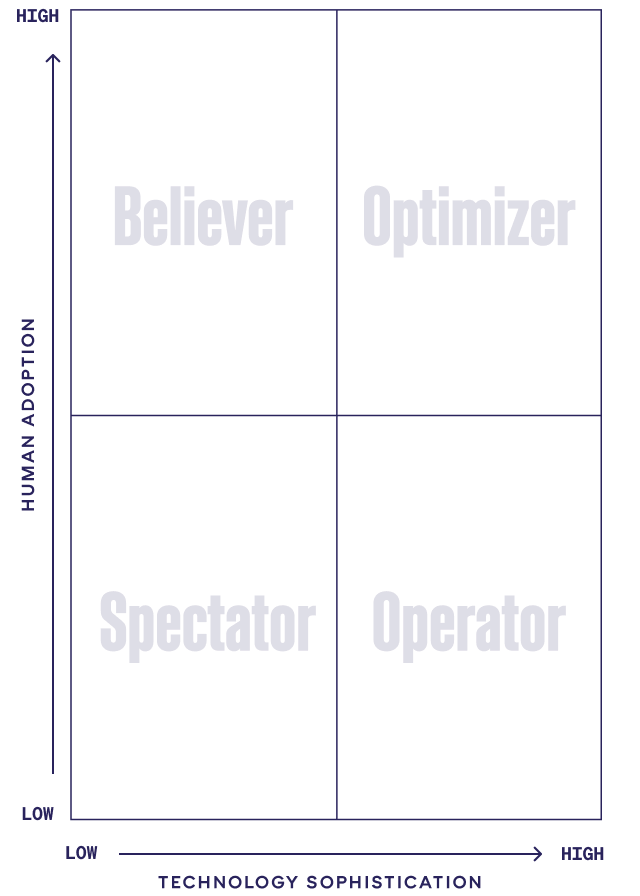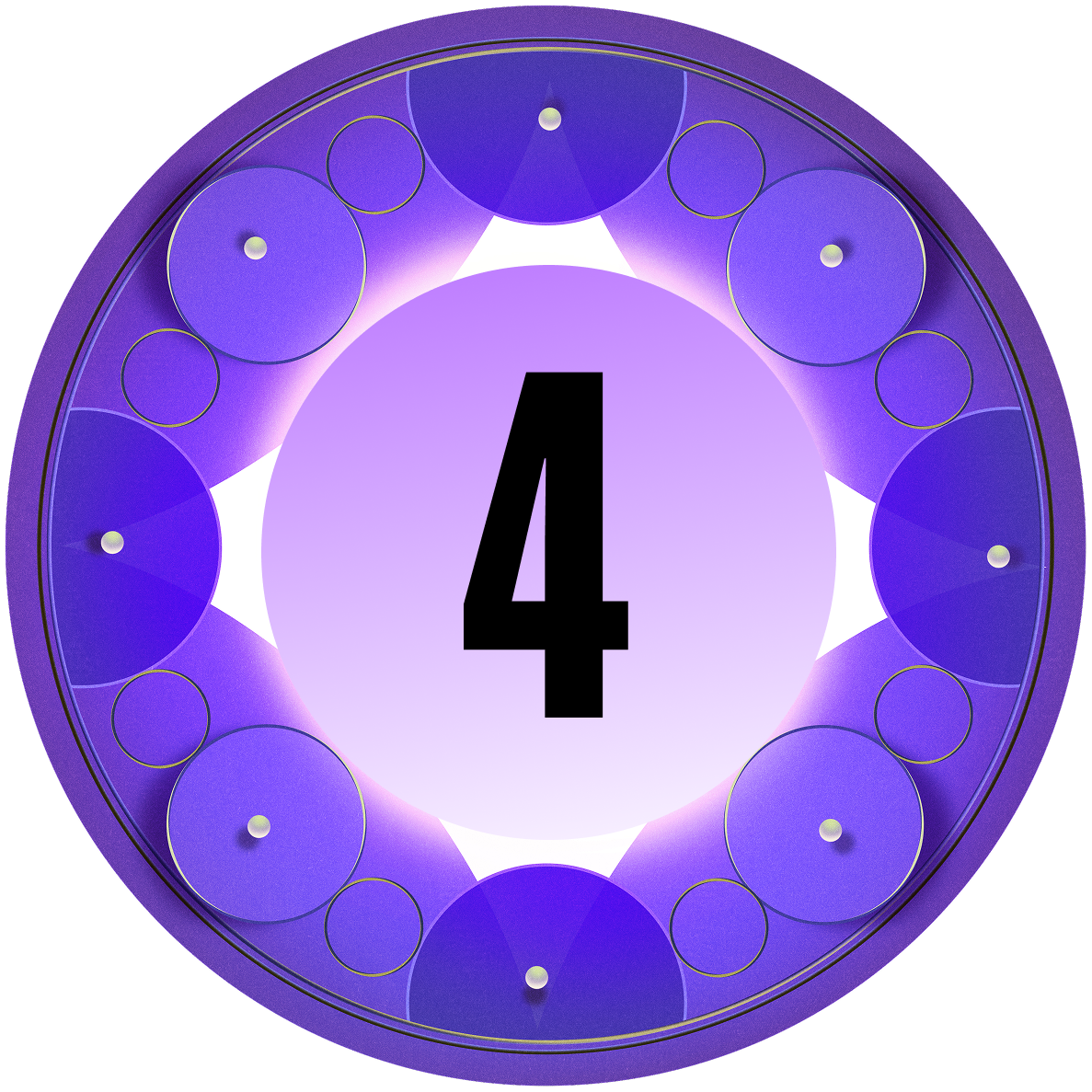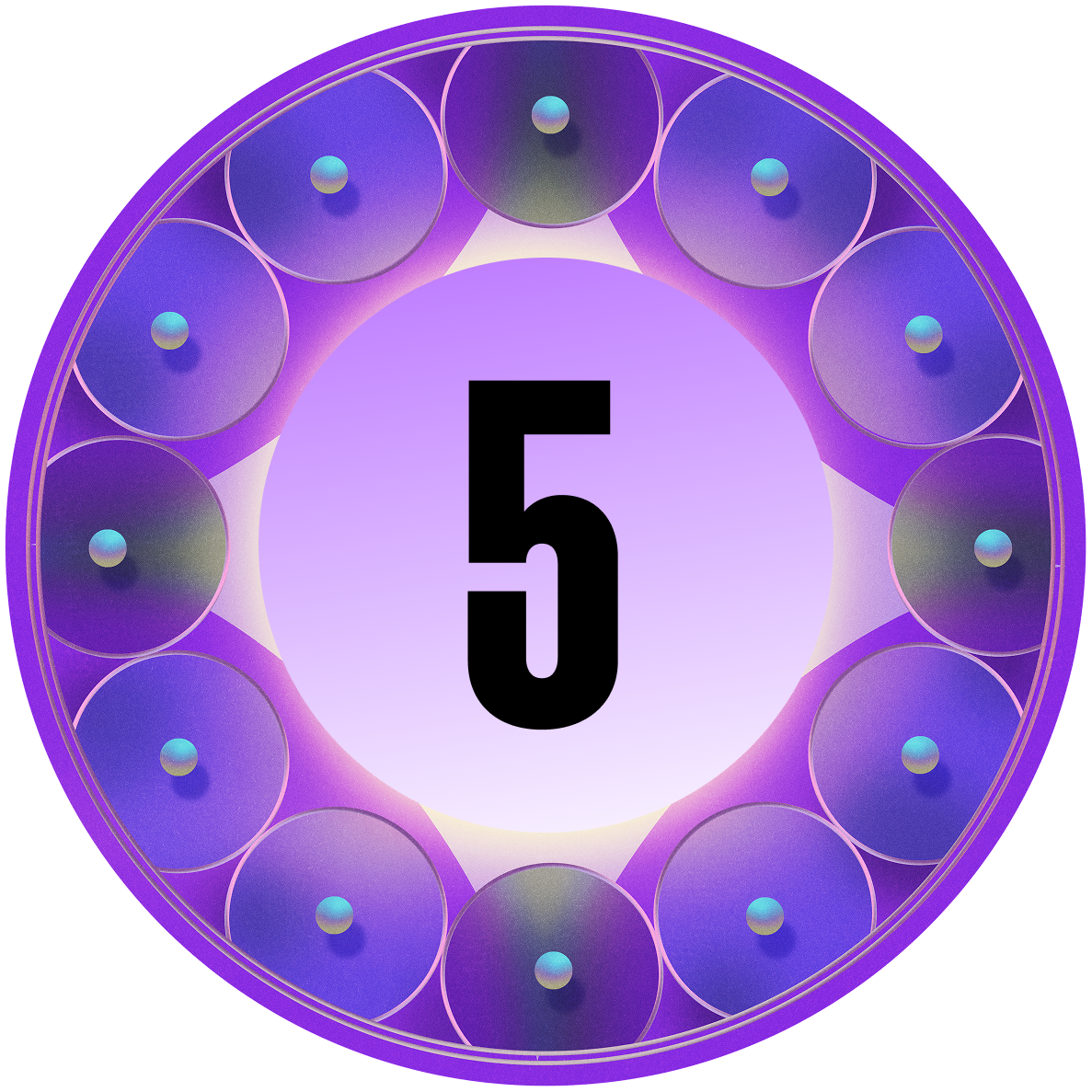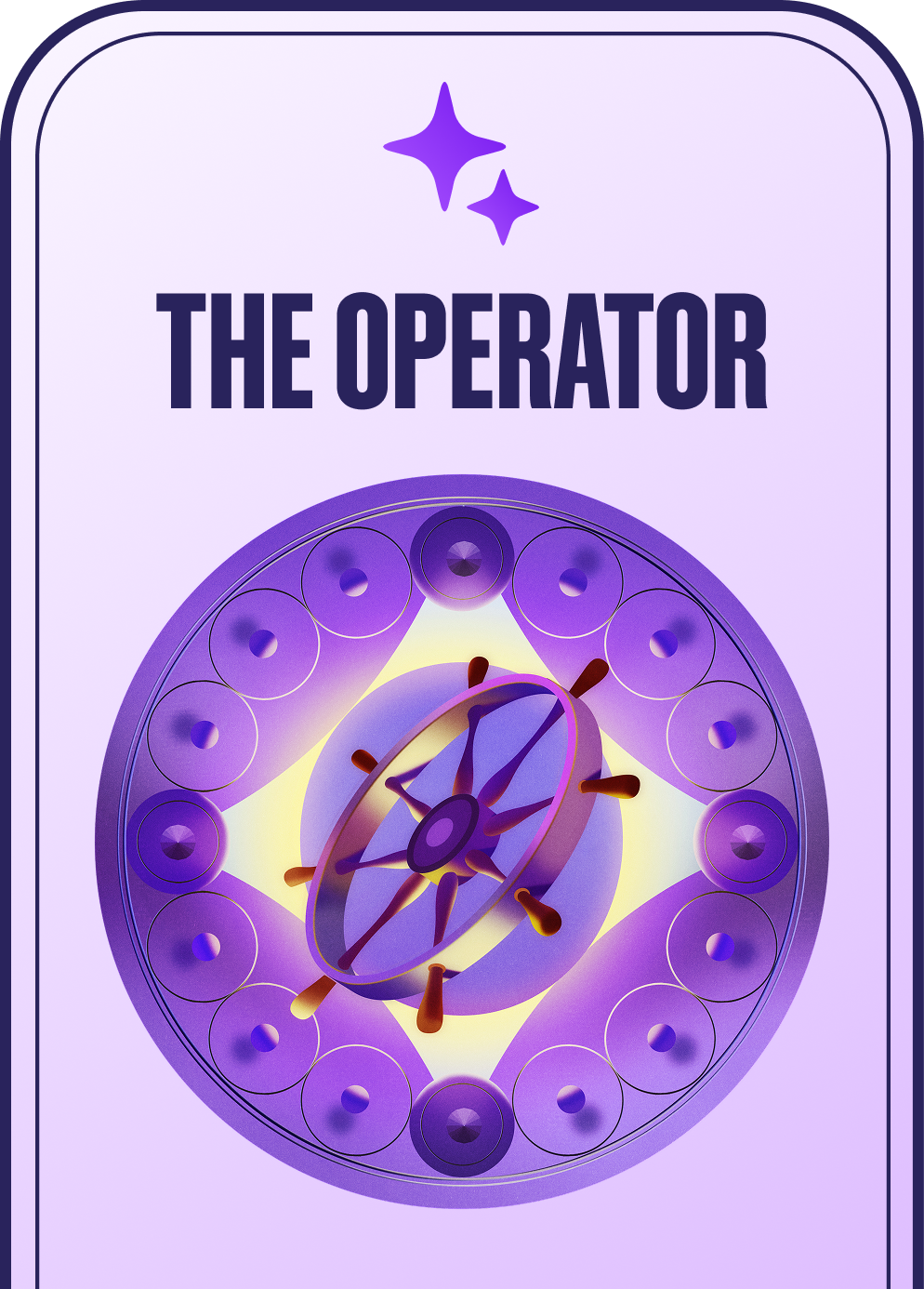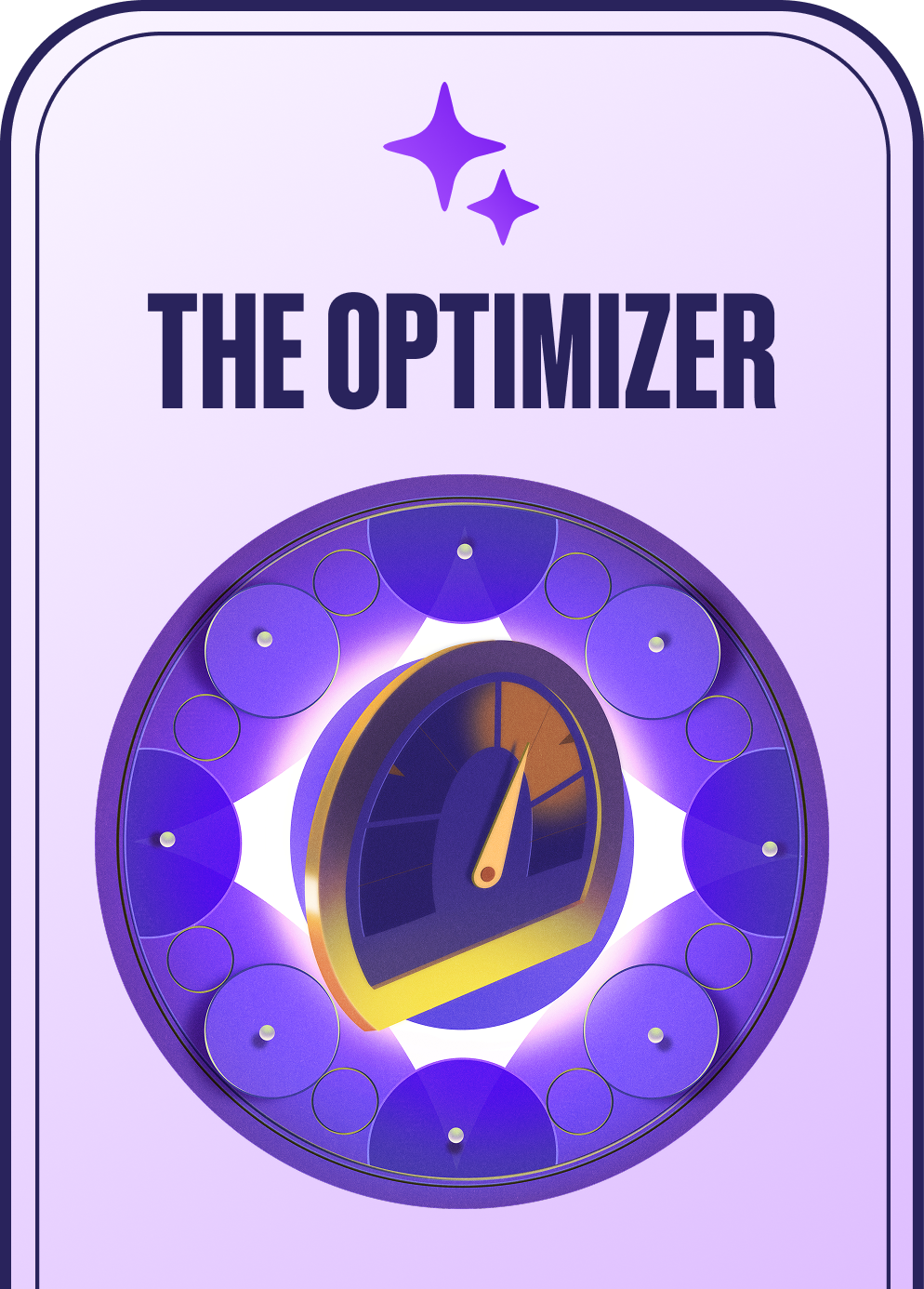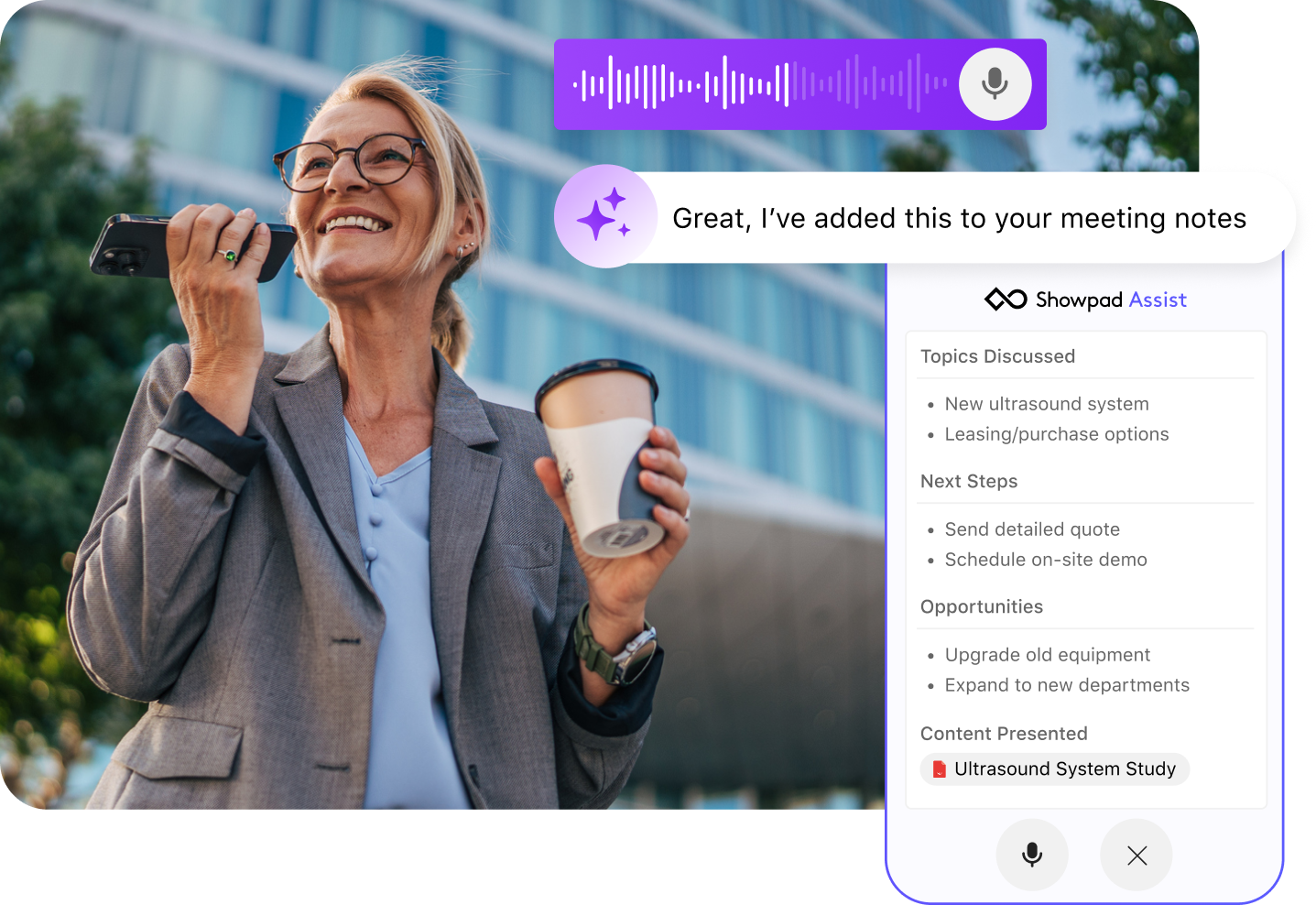
Is Your Sales Org Exploring AI
or Excelling With It?
How can our company successfully
adopt AI?
This question is at the forefront of every boardroom discussion today. Forward-thinking sales leaders clearly see AI’s potential — automating busywork to free sellers to focus on what AI can’t replace: relationship-driven, consultative selling.
Based on a new study from the global research firm Dynata, 71% of sellers and 87% of sales leaders are already on board or preparing to start using AI, both encouraging stats. But in the field there’s a delta between the early experimentation and long-term potential of deeply AI-enabled sales motions.
David's travel-weary notebook is still his primary source of customer conversation insight. Elena still dedicates an “admin day” to a mountain of meeting follow-ups. And then there’s Marcus, patiently awaiting pitch feedback for weeks while his manager is buried in deal forecasting.
Too often, the sales frontline feels less like an AI Renaissance and more like a throwback to the floppy disk era.
Because when generic AI tools are simply overlaid onto deeply ingrained selling practices, old habits, predictably, tend to prevail. Inconsistent seller adoption makes it hard for revenue leaders to prove ROI, and momentum is quickly lost. No wonder only 16% of recent AI initiatives have scaled enterprise-wide.
And yet, there are outliers — high-performing sales orgs who are making AI work where others have failed. Global companies like GF, Bruker and Barco, are investing in intelligent systems, purpose-built to solve the problems that slow sellers down. They’re focussed on reducing friction, not adding to it.
That's why we engineered the AI-Enabled Sales Org Assessment — to help you understand where your sales org is on the journey to successful AI implementation and how to move forward.




